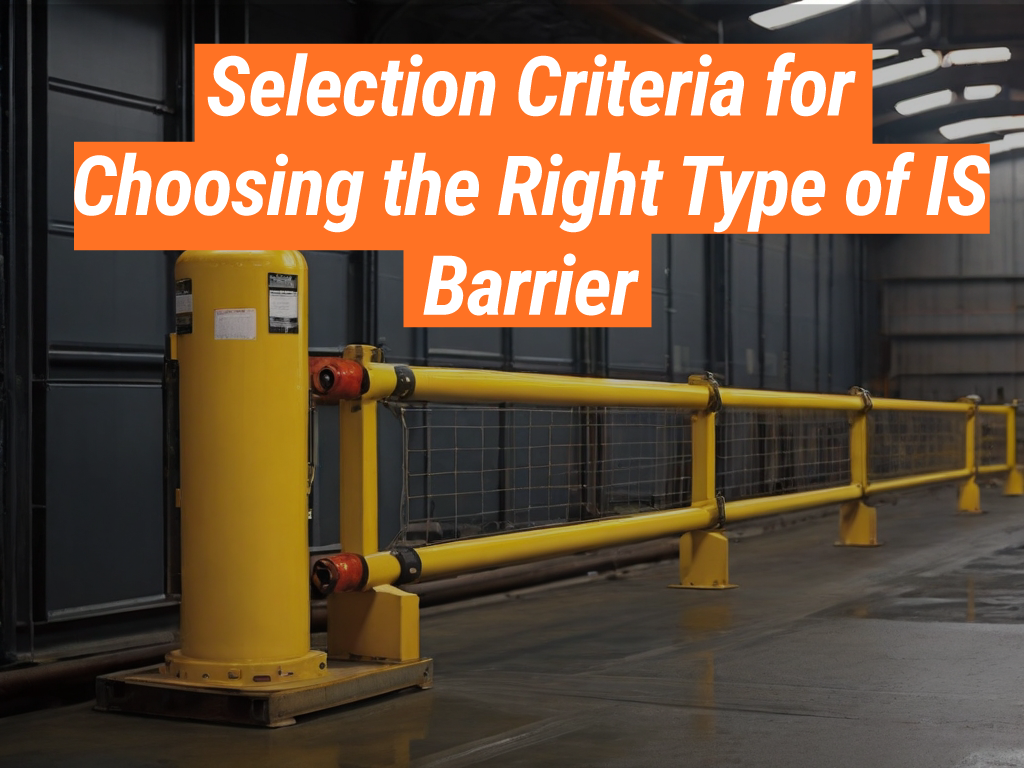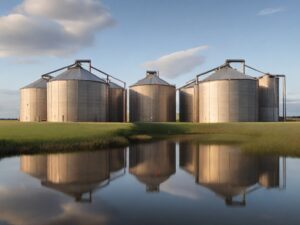When it comes to ensuring safety in hazardous environments, the right Intrinsically Safe (IS) barrier is crucial. The Intrinsically Safe Store is a leading provider of IS barriers and other safety equipment. This article will guide you through the selection criteria for choosing the right type of IS barrier. We invite you to visit our website to explore our wide range of products.
Understanding IS Barriers
IS barriers are safety devices used in hazardous areas. They limit the energy available for a potential spark, preventing ignition of flammable gases or dust. The selection of the right IS barrier is critical to ensure safety and compliance with regulations.
Key Selection Criteria for IS Barriers
Choosing the right IS barrier involves considering several factors. Here are the key selection criteria:
- Type of Hazardous Area: The nature of the hazardous area (gas or dust) and its classification (Zone 0, 1, or 2 for gas; Zone 20, 21, or 22 for dust) determine the type of IS barrier required.
- Electrical Parameters: Voltage, current, and power limitations of the IS barrier should match the requirements of the equipment it protects.
- System Design: The IS barrier should be compatible with the system design, including wiring and grounding requirements.
Examples and Case Studies
Let’s look at some examples and case studies that illustrate the importance of selecting the right IS barrier.
Case Study 1: Oil and Gas Industry
In the oil and gas industry, IS barriers are essential for safety in areas with a high risk of gas explosion. A case study from a North Sea oil platform showed that an incorrectly selected IS barrier led to a near-miss incident. The barrier’s voltage limitation was lower than the equipment’s requirement, leading to a potential risk of spark ignition. This incident underscores the importance of matching the electrical parameters of the IS barrier with the equipment.
Case Study 2: Grain Processing Plant
In a grain processing plant, dust explosion is a significant risk. An incident occurred where an IS barrier failed to prevent a dust explosion because it was not designed for the specific type of dust in the plant. This highlights the importance of selecting an IS barrier suitable for the specific type of hazardous area.
Statistics on IS Barrier Failures
According to a report by the Health and Safety Executive (HSE), incorrect selection or installation of IS barriers contributes to around 20% of electrical ignition incidents in hazardous areas. This statistic underscores the importance of correct IS barrier selection and installation.
Selecting the right IS barrier is crucial for safety in hazardous areas. The selection criteria include the type of hazardous area, electrical parameters, and system design. Real-world examples and statistics highlight the importance of correct IS barrier selection. The Intrinsically Safe Store offers a range of IS barriers to meet various requirements. We invite you to contact us for expert advice on selecting the right IS barrier for your needs.



























